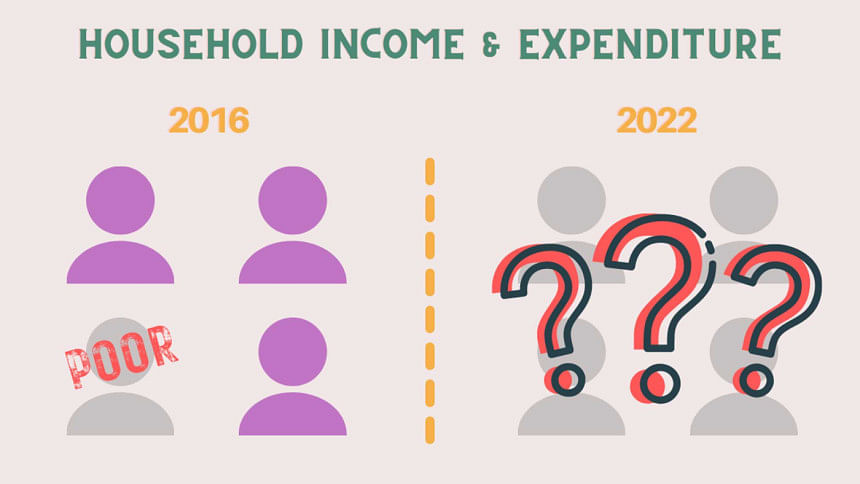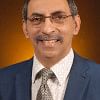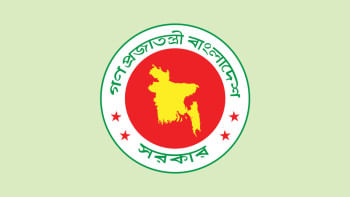Time to conduct the next household survey

The Household Income and Expenditure Survey (HIES), last conducted in 2016, is a comprehensive national survey in Bangladesh. The data is used to calculate the incidence of poverty in the country. Previously called the Household Expenditure Survey (HES), it has been carried out on a regular basis by Bangladesh Bureau of Statistics (BBS) since 1973-74. The HIES series was first launched in 2000, and subsequent surveys were conducted in 2005, 2010, and last in 2016. Therefore, the next round of HIES is overdue, needed to fill in the critical data gaps in the country.
The HIES is well-known for its quality and coverage, and is capable of estimating poverty in both rural and urban areas, divisional and the district levels. It is a core survey of the government, not only for its ability to measure poverty, but also for having a wide range of socioeconomic data crucial for policymaking and research. It gives detailed data on household income, expenditure and consumption, standard of living, and nutritional status of the population, among other things, and the data is also used to determine the weights of Consumer Price Indices (CPI). In addition, the data gathered from this wide-scale survey provides a proper picture of household-level consumption across the country, which helps with compiling national account estimates, and gives detailed information on health and educational status of the population. It also provides data on different social safety net programmes as well as on disability, housing conditions, employment, agriculture, water and sanitation, migration, remittances, microcredit and disaster management. It provides some demographic data that are considered important to fill in intercensal data gaps.
The HIES data is utilised to monitor Sustainable Development Goals (SDGs), and to get an idea about the outcomes of the government's Five-Year Plans (FYPs) and different sectoral plan achievements. The data is very critical in preparing periodic SDG progress reports, including Goal 1: "End poverty in all its forms everywhere."
The field data collection during each HIES is carried out under strong supervision and quality control, which is why the data is reliable and acceptable to both national and international organisations, including the development partners and UN agencies. The data is collected by well-trained enumerators and processed using appropriate computer software. It reflects seasonal variations of income and expenditure patterns, and thus are vital for giving policy prescriptions in a wide range of social and economic areas.
Poverty is one of the greatest challenges faced by Bangladesh, and it assumed an even greater prominence as a socioeconomic issue since the Covid-19 pandemic broke out. Several surveys conducted during the last two years have shown the consequences of the pandemic on household income and expenditure. A new HIES will help us determine the current socioeconomic status of our population and will show where Bangladesh has experienced a setback due to the pandemic, since it made a headway in its fight to end poverty in recent decades. The pandemic, as we know, has affected other dimensions of well-being in addition to poverty, such as education, health, nutrition, access to clean water, sanitation, etc. It is critical to have information on all these aspects that the HIES collects data on, especially as the country is getting back on track for economic growth, in order to formulate appropriate policy measures to ride out of the pandemic fallout.
In the pre-Covid era, one in four people were living under the poverty bracket in Bangladesh, and the government had set up a number of social protection programmes. During the pandemic, several other measures have been undertaken, such as cash support and open market sales (OMS) of essential food items for the poor. These programmes are still continuing, having been renewed last month under the recent inflationary pressure affecting the poor families the most. These programmes are being implemented under the assumption that the poverty map created from 2016 HIES remains valid. However, in reality, a significant change has surely taken place in terms of geographical concentration of poverty and occupational shifts occurring as a result of the pandemic. Therefore, a fresh set of data is required to better understand the changed dynamics now, and take more targeted measures to deal with the situation.
We didn't finish the job of ending poverty, and there is no room for complacency. As per 2016 HIES data, about half of all poor people in the country lived in extreme poverty and were unable to afford a minimum food basket for their families. In addition, there are others who are not under the poverty threshold, but are vulnerable to different types of shocks—one just experienced globally, affecting our country over the last two years. But fresh evidence is lacking to properly understand the poverty situation now, and how different marginalised and vulnerable groups like the elderly, widows, orphans, people with disabilities, female-headed households and others are doing. The amount of social transfers that are made under a number of government programmes are bound to be also affected by recent inflationary trends, and thus need to be reviewed and revised upward in order to maintain the same level of consumption by the beneficiary families.
Long overdue, a new HIES has become even more urgent now, owing to the socioeconomic fallout from Covid and the latest development in the international arena caused partly by the Russia-Ukraine war and the global rise in energy and construction material prices as well as prices of consumer items. The global and national scenarios have both changed too fast in recent times, and using the outdated data from HIES 2016 is no longer plausible. Therefore, the government needs to undertake a fresh HIES as soon as possible, to frame evidence-based realistic policies, for which accurate, reliable and updated data are required.
Dr Nawshad Ahmed, a former UN official, is an economist and urban planner.

 For all latest news, follow The Daily Star's Google News channel.
For all latest news, follow The Daily Star's Google News channel. 



Comments